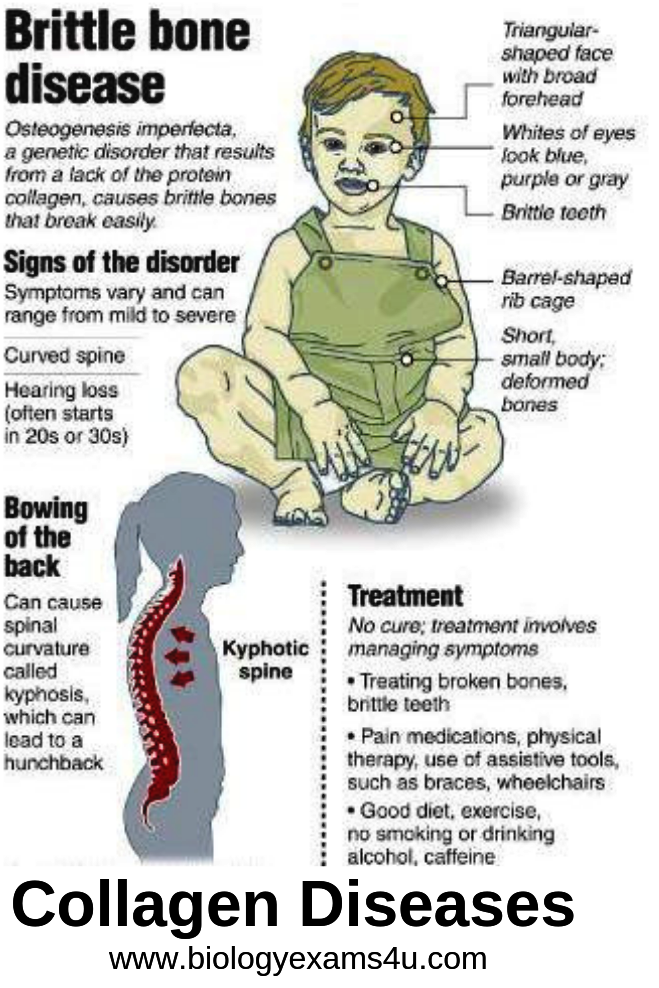How are genetic disorders passed on to the child
How is Genetic Disease Inherited?
Genetic traits can be passed through families in several distinct patterns. The most common patterns are the following:
- Dominant genetic diseases are caused by a mutation in one copy of a gene. If a parent has a dominant genetic disease, then each of that person’s children has a 50% chance of inheriting the disease. Dominant diseases can also occur spontaneously; this happens when a random mutation in one gene occurs at conception. Examples of dominant genetic diseases include Achondroplasia and Huntington disease. For some dominant genetic diseases, there may be specific DNA tests available.
- Recessive genetic diseases. When both parents are carriers of the same recessive disease, there is a 25% chance that the pregnancy will inherit the trait from both parents and have the disease, a 50% chance that the pregnancy will inherit the trait from only one parent and be a carrier, or a 25% chance that the pregnancy will not inherit the trait from either parent and will not be a carrier or have the disease.
- Sex-linked genetic diseases affect males and females differently. This is a smaller set of diseases related to gene mutations on the X or Y chromosomes. Some common examples include hemophilia and color-blindness. Depending on your family history, testing for a sex-linked genetic disease may be available.
- Multifactorial traits occur due to many complex interactions and combinations of maternal, environmental and genetic influences. The most common birth defects are members of this category, including congenital heart defects and cleft lip. Almost 1 child in 150 is born with a congenital heart defect and 1 in 500 with cleft lip. Another multifactorial condition is spina bifida, a type of an open neural tube defect. Spina bifida occurs in approximately 1 or 2 in 1000 births. Taking the vitamin folic acid (folate) helps reduce the chance of having a baby with spina bifida.
 In most cases predictive genetic testing is not available for multifactorial traits, however a family history assessment may provide more accurate recurrence risks.
In most cases predictive genetic testing is not available for multifactorial traits, however a family history assessment may provide more accurate recurrence risks. - Chromosome abnormalities can occur in any pregnancy. Sometimes these risks are related to the parent’s age and involve extra or missing chromosomes. A second type of chromosome abnormality is a change in the structure or organization of the chromosomes. These changes include deletions (a small missing piece), inversions (a piece flipped upside down), insertions (an added piece), or translocations (exchange of pieces involving two or more chromosomes). Structural changes are not associated with maternal age. They can be passed from parent to child in many complex patterns and can be the cause of multiple unexplained miscarriages, birth defects, or apparent infertility.
If a genetic disorder runs in my family, what are the chances that my children will have the condition?: MedlinePlus Genetics
To use the sharing features on this page, please enable JavaScript.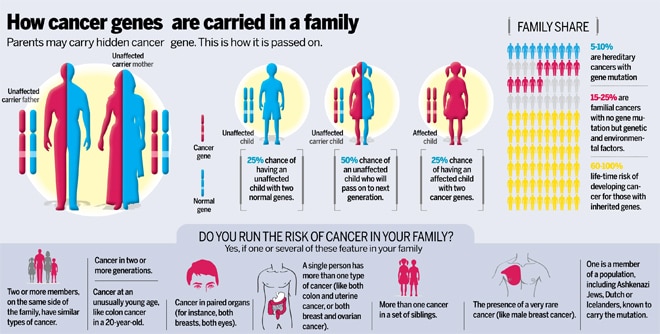
When a genetic disorder is diagnosed in a family, family members often want to know the likelihood that they or their children will develop the condition. This can be difficult to predict in some cases because many factors influence a person's chances of developing a genetic condition. One important factor is how the condition is inherited. For example:
Autosomal dominant inheritance: A person affected by an autosomal dominant disorder has a 50 percent chance of passing the altered gene to each child. The chance that a child will not inherit the altered gene is also 50 percent. However, in some cases an autosomal dominant disorder results from a new (de novo) variant that occurs during the formation of egg or sperm cells or early in embryonic development. In these cases, the child's parents are unaffected, but the child may pass on the condition to his or her own children.
Autosomal recessive inheritance: Two unaffected people who each carry one copy of the altered gene for an autosomal recessive disorder (carriers) have a 25 percent chance with each pregnancy of having a child affected by the disorder.
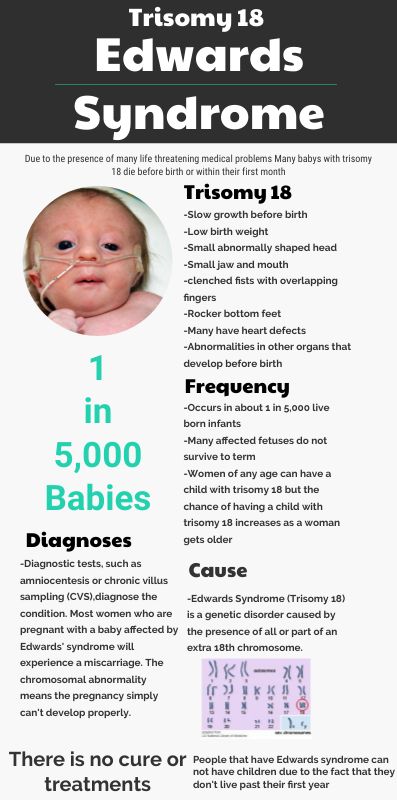 The chance with each pregnancy of having an unaffected child who is a carrier of the disorder is 50 percent, and the chance that a child will not have the disorder and will not be a carrier is 25 percent. If only one parent is a carrier of the altered gene and the other parent does not carry the variant, none of their children will develop the condition, and the chance with each pregnancy of having an unaffected child who is a carrier is 50 percent.
The chance with each pregnancy of having an unaffected child who is a carrier of the disorder is 50 percent, and the chance that a child will not have the disorder and will not be a carrier is 25 percent. If only one parent is a carrier of the altered gene and the other parent does not carry the variant, none of their children will develop the condition, and the chance with each pregnancy of having an unaffected child who is a carrier is 50 percent. X-linked dominant inheritance: The chance of passing on an X-linked dominant condition differs between men and women because men have one X chromosome and one Y chromosome, while women have two X chromosomes. A man passes on his Y chromosome to all of his sons and his X chromosome to all of his daughters. Therefore, the sons of a man with an X-linked dominant disorder will not be affected, but all of his daughters will inherit the condition. A woman passes on one or the other of her X chromosomes to each child. Therefore, a woman with an X-linked dominant disorder has a 50 percent chance of having an affected daughter or son with each pregnancy.

X-linked recessive inheritance: Because of the difference in sex chromosomes, the probability of passing on an X-linked recessive disorder also differs between men and women. The sons of a man with an X-linked recessive disorder will not be affected, and his daughters will carry one copy of the altered gene. With each pregnancy, a woman who carries an altered gene for X-linked recessive has a 50 percent chance of having sons who are affected and a 50 percent chance of having daughters who carry one copy of the altered gene. Females with one gene variant associated with an X-linked recessive disorder typically have no or very mild signs or symptoms of the condition.
X-linked: Because the inheritance pattern of many X-linked disorders is not clearly dominant or recessive, some experts suggest that conditions be considered X-linked rather than X-linked dominant or X-linked recessive. As above, the probability of passing on an X-linked disorder differs between men and women.
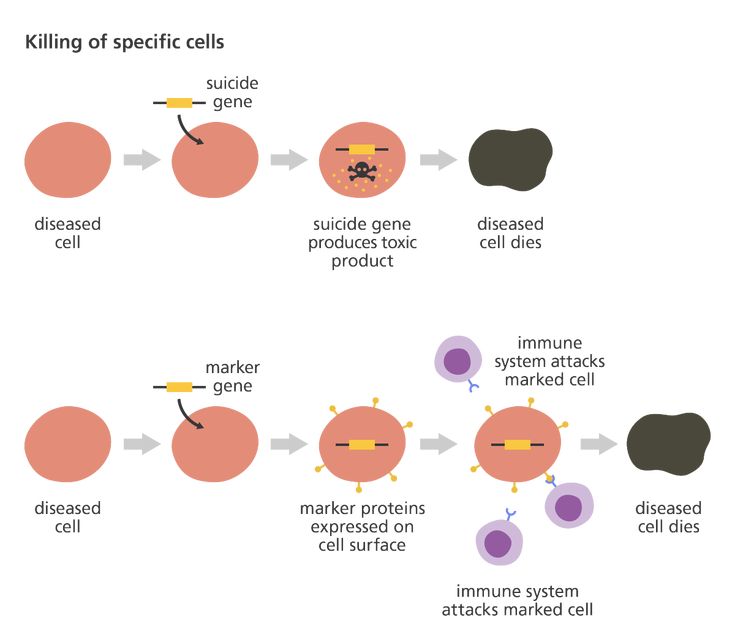 The sons of a man with an X-linked disorder will not be affected, but all of his daughters will inherit the altered gene and may develop signs and symptoms of the condition. A woman passes on one or the other of her X chromosomes to each child. Therefore, with each pregnancy, a woman with an X-linked disorder has a 50 percent chance of having a child with the altered gene. An affected daughter may have milder signs and symptoms than an affected son.
The sons of a man with an X-linked disorder will not be affected, but all of his daughters will inherit the altered gene and may develop signs and symptoms of the condition. A woman passes on one or the other of her X chromosomes to each child. Therefore, with each pregnancy, a woman with an X-linked disorder has a 50 percent chance of having a child with the altered gene. An affected daughter may have milder signs and symptoms than an affected son. Y-linked inheritance: Because only males have a Y chromosome, only males can be affected by and pass on Y-linked disorders. All sons of a man with a Y-linked disorder will inherit the condition from their father.
Codominant inheritance: In codominant inheritance, each parent contributes a different version of a particular gene, and both versions influence the resulting genetic trait. The chance of developing a genetic condition with codominant inheritance, and the characteristic features of that condition, depend on which versions of the gene are passed from parents to their child.

Mitochondrial inheritance: Mitochondria, which are the energy-producing centers inside cells, each contain a small amount of DNA. Disorders with mitochondrial inheritance result from variants in mitochondrial DNA. Although these disorders can affect both males and females, only females can pass variants in mitochondrial DNA to their children. A woman with a disorder caused by changes in mitochondrial DNA will pass the variants to all of her daughters and sons, but the children of a man with such a disorder will not inherit the variant.
It is important to note that the chance of passing on a genetic condition applies equally to each pregnancy. For example, if a couple has a child with an autosomal recessive disorder, the chance of having another child with the disorder is still 25 percent (or 1 in 4). Having one child with a disorder does not “protect” future children from inheriting the condition. Conversely, having a child without the condition does not mean that future children will definitely be affected.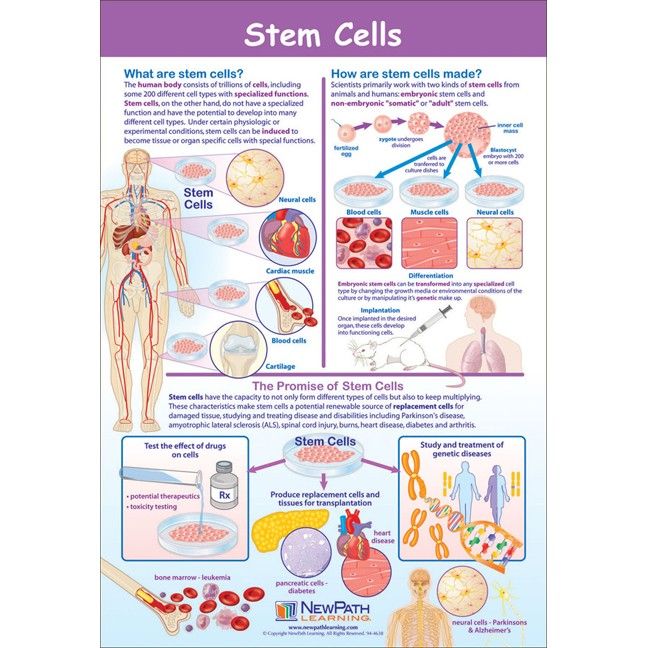
Although the chances of inheriting a genetic condition appear straightforward, factors such as a person's family history and the results of genetic testing can sometimes modify those chances. In addition, some people with a disease-causing variant never develop any health problems or may experience only mild symptoms of the disorder. If a disease that runs in a family does not have a clear-cut inheritance pattern, predicting the likelihood that a person will develop the condition can be particularly difficult.
Estimating the chance of developing or passing on a genetic disorder can be complex. Genetics professionals can help people understand these chances and help them make informed decisions about their health.
How are hereditary diseases transmitted?
Hereditary diseases are passed from one or both parents to children. They are caused by genetic mutations, but not all genetic diseases are hereditary. How to figure it out, what types of diseases are, how to treat them and how to diagnose - we tell in our article.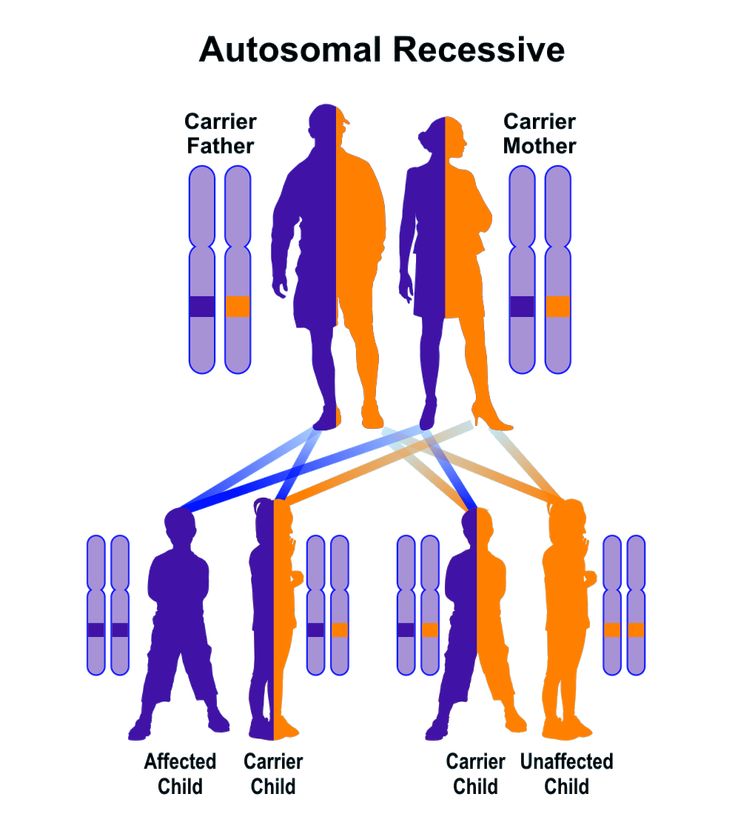
Contents
- What are hereditary diseases?
- How do hereditary diseases differ from congenital disorders?
- Types of hereditary diseases
- How are hereditary diseases transmitted?
- How to treat hereditary diseases and how to live with them?
- How can I know if I am a carrier of a hereditary disease?
- Note
What are hereditary diseases?
Hereditary diseases are diseases caused by gene or chromosome mutations. Humans have between 20,000 and 25,000 genes. A genetic mutation occurs when one or more genes change. If this genetic change is passed on to children, then it is a hereditary genetic disorder.
If partners have the same carrier status for certain diseases, there is a high risk of having a child with a hereditary disease. If you don't show symptoms of the disease, you can still be a carrier and pass the mutations on to your children.
Many genetically determined diseases do not appear immediately after birth, but after some time.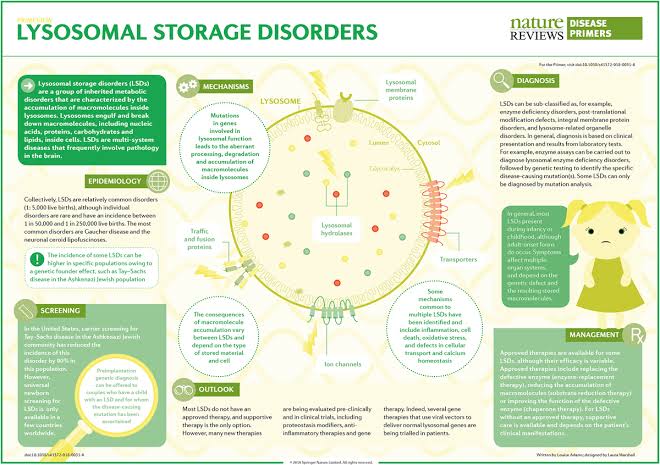 From hereditary diseases should be distinguished congenital diseases caused by intrauterine damage, such as infection or external influences.
From hereditary diseases should be distinguished congenital diseases caused by intrauterine damage, such as infection or external influences.
How do hereditary diseases differ from congenital disorders?
Genetic diseases are the result of a change in one or more genes and may or may not be passed down through generations.
All hereditary diseases are of genetic origin, that is, they are the result of a change in one or more genes and are transmitted from generation to generation. Symptoms may not appear from birth.
Congenital disorders may or may not be hereditary, and symptoms may be present from birth. But their appearance is not necessarily due to genetics.
Types of hereditary diseases
Hereditary diseases are divided into chromosomal, gene and mitochondrial.
Chromosomal diseases
Currently, about 1000 forms of chromosomal diseases have been described. Chromosomal disorders result from changes in the number or structure of chromosomes. They are characterized by common features: small weight and body length at birth, retardation in mental and physical development, delay and anomalies of sexual development, and so on.
They are characterized by common features: small weight and body length at birth, retardation in mental and physical development, delay and anomalies of sexual development, and so on.
Chromosomal disorders are rarely inherited. And in more than 95% of cases, the risk of re-birth in the family of a child with a chromosomal pathology does not exceed the general population level. Chromosomal diseases with anomalies in the number of chromosomes include: Patau syndrome, Edwards syndrome, trisomy chromosome 8 syndrome. And chromosomal diseases with anomalies in the structure of chromosomes - DiGeorge syndrome, Wolff-Hirshhorn syndrome, cat's cry syndrome, Alfie syndrome, Orbeli syndrome.
Monogenic diseases
Monogenic diseases result from DNA damage at the gene level. The number of monogenic diseases, according to some estimates, reaches 5000.
Among the signs of monogenic diseases, one can single out: various forms of mental retardation, defects in the organs of hearing, vision, skeletal dysplasia, diseases of the nervous, endocrine, immune and other systems.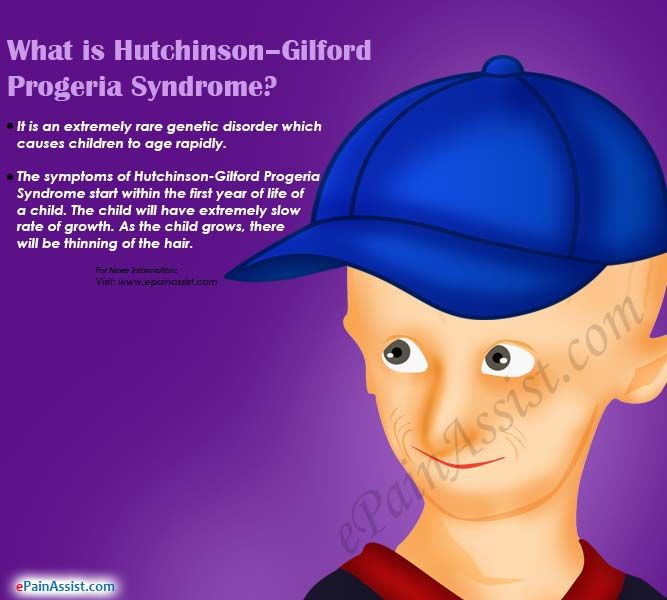 Among the most well-known monogenic diseases are cystic fibrosis, hemophilia A and B, Gaucher disease, Duchenne/Becker muscular dystrophy, spinal muscular atrophy, color blindness.
Among the most well-known monogenic diseases are cystic fibrosis, hemophilia A and B, Gaucher disease, Duchenne/Becker muscular dystrophy, spinal muscular atrophy, color blindness.
Severe monogenic diseases can be detected using prenatal diagnostics, as well as by determining the presence of mutations in parents using a genetic test.
The most interesting thing for me was to learn about the peculiarities of metabolism. That is why I chose Atlas: only here there is a fairly voluminous section on this topic. For example, all my life I have struggled with weight, migraines, neck and back pain, and anemia.
Mitochondrial diseases
Mitochondrial diseases are caused by genetic, structural, biochemical defects in the functioning of mitochondria, which lead to impaired tissue respiration.
Mitochondria contain their own DNA. And diseases caused by mutations in mitochondrial DNA are inherited exclusively through the maternal line.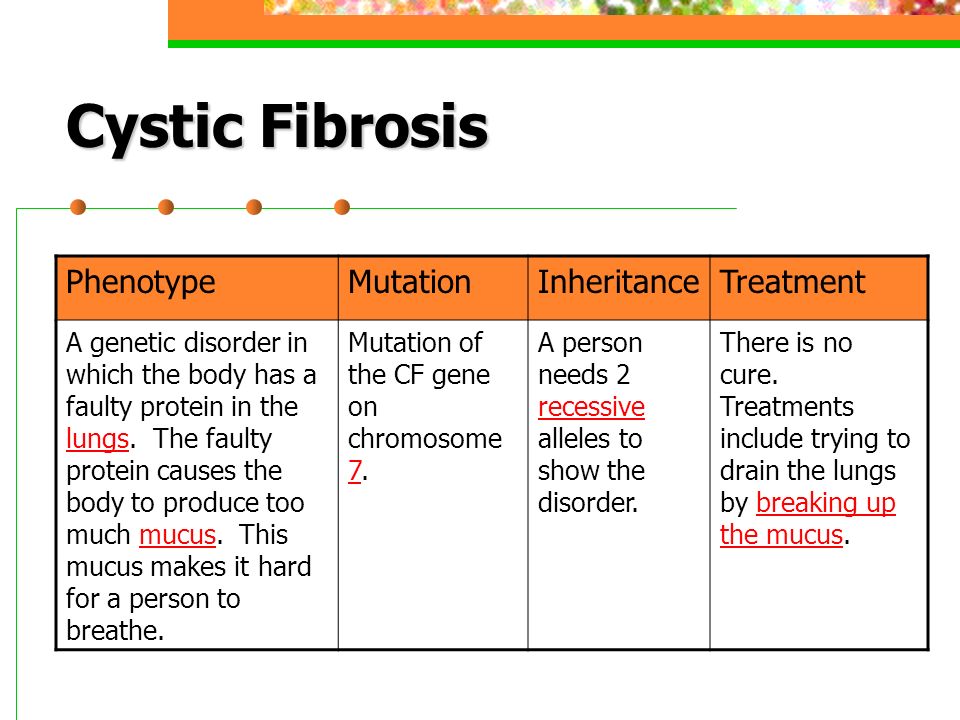 If this is how a mitochondrial disease was inherited, there is a 100% chance that every child in the family will inherit it.
If this is how a mitochondrial disease was inherited, there is a 100% chance that every child in the family will inherit it.
Symptoms may include: impaired growth, muscle weakness, autism, mental disorders, breathing problems, hearing and vision problems. Examples of mitochondrial diseases: Leigh's syndrome, Wolff-Parkinson-White syndrome, Leber's hereditary optic neuropathy and others.
Polygenic or multifactorial diseases
There are also diseases with a hereditary predisposition, which are called multifactorial or polygenic diseases.
Multifactorial diseases are caused by hereditary risk factors, and to a large extent - by the adverse effects of the environment. Multifactorial diseases include most chronic diseases, including cardiovascular, endocrine, immune, neuropsychiatric, oncological, etc. For example, bronchial asthma, diabetes mellitus, rheumatoid arthritis, hypertension heart disease, etc.
How are hereditary diseases transmitted?
The human body consists of trillions of cells.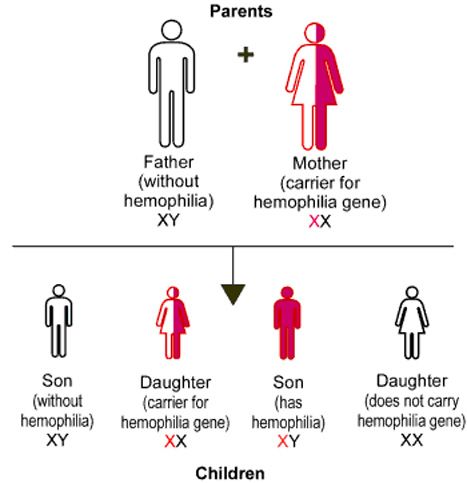 Every cell has a nucleus that contains chromosomes. Each chromosome is made up of tightly coiled strands of deoxyribonucleic acid (DNA).
Every cell has a nucleus that contains chromosomes. Each chromosome is made up of tightly coiled strands of deoxyribonucleic acid (DNA).
Genes are the instructions for assembling proteins in our bodies that determine the specific traits of each person, such as eye or hair color. Most cells in the body typically contain 46 chromosomes, organized into 23 pairs. Each of these 23 pairs has one inherited chromosome from the father and one from the mother. Of the 23 pairs, 22 pairs are the same in female and male organisms, and the remaining one determines whether you are a man (XY) or a woman (XX).
Mutations that cause hereditary diseases can be dominant or recessive.
Dominant inheritance means that only one copy of a gene—from the mother or father—must have the mutation (or pathogenic variant of the gene) to display the trait or disease. And with the recessive type, a person inherits two altered copies of the same gene.
Autosomal dominant inheritance pattern
In autosomal dominant inheritance of diseases, a genetically determined disease manifests itself if a person has at least one mutated gene, and this gene is not located on the sex (X and Y) chromosomes.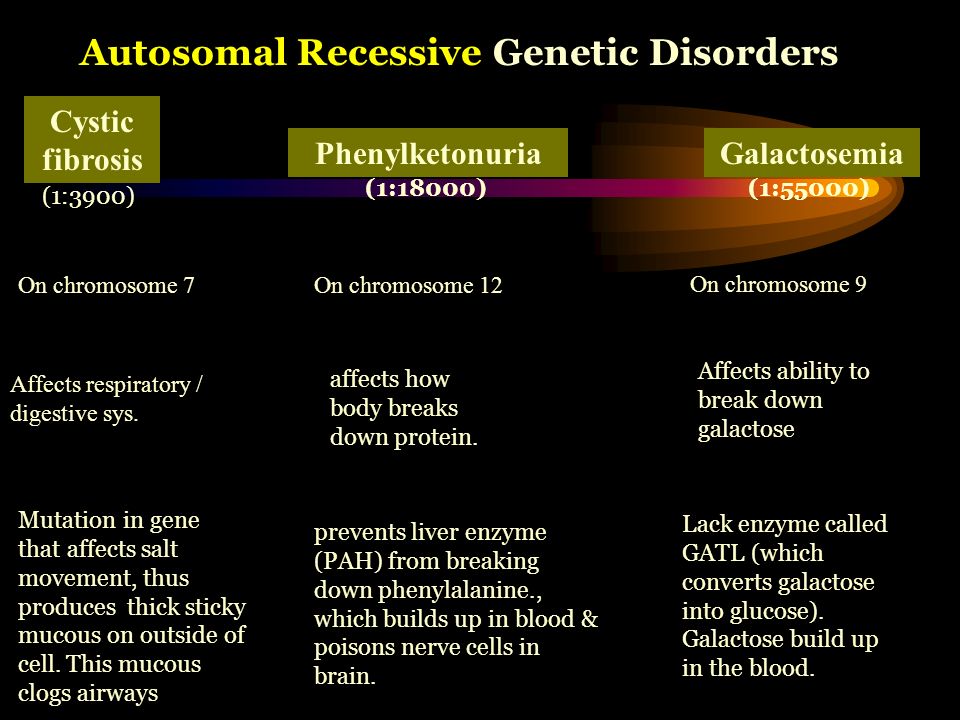
Huntington's disease and Marfan's syndrome are two examples of autosomal dominant diseases. Mutations in the BRCA1 and BRCA2 genes, which are also associated with breast cancer, are transmitted in this pattern.
Autosomal recessive inheritance pattern
Autosomal recessive inheritance mutates both copies of genes. To inherit an autosomal recessive disorder such as cystic fibrosis, spinal muscular atrophy, or phenylketonuria (PKU), both parents must be carriers. The child inherits two copies of the defective gene, one from each parent. For example, people who have one copy of a gene with a mutation and one without the mutation are called carriers because they themselves are healthy.
X-linked recessive inheritance
In X-linked recessive inheritance, the mutated gene is on the X chromosome. The disease manifests itself only if the person does not have another X chromosome with a normal copy of the same gene.
Duchenne muscular dystrophy, some types of color blindness, and hemophilia A are examples of X-linked recessive diseases. A man with an X-linked recessive disorder will pass on his intact Y chromosome to his sons, and none of them will be harmed. If he passes on his X chromosome (with the defective gene) to his daughters, they will all be carriers of the disease. His daughters may not have symptoms or only mild signs of the disease, but they can pass the mutated gene on to their children.
A man with an X-linked recessive disorder will pass on his intact Y chromosome to his sons, and none of them will be harmed. If he passes on his X chromosome (with the defective gene) to his daughters, they will all be carriers of the disease. His daughters may not have symptoms or only mild signs of the disease, but they can pass the mutated gene on to their children.
Female carriers of an X-linked recessive disease often have mild or no symptoms. This is because female carriers have one normal copy of the gene and one mutated copy. The normal copy usually compensates for the defective copy in females, unlike males, who only have one X chromosome.
Women with only one pathological gene pass the disease on average to half of their children, regardless of gender. Women who have two pathological genes transmit the disease to all their children. These diseases include hemophilia A and color blindness.
If you know or suspect that you or your partner has a family history of a genetic disorder, you can use the Atlas Genetic Test to determine this. Genetic counseling will help you learn about treatments, preventive measures, and reproductive options.
Genetic counseling will help you learn about treatments, preventive measures, and reproductive options.
How to treat hereditary diseases and how to live with them?
Previously, hereditary diseases were incurable. Now it is still a problem for many diseases, but for some of them, treatments have already been found. For example, this applies to diseases associated with metabolic disorders.
In most hereditary metabolic disorders, one enzyme is either not produced by the body at all, or is produced in a form that does not work. For example, in the absence of any enzyme, toxic substances may accumulate in the body or the necessary product may not be synthesized - as in type 1 hemochromatosis.
In this disease, the body absorbs too much iron from food and cannot naturally get rid of the excess. This can lead to an excessive accumulation of iron in the heart, pancreas, and liver.
The treatment of genetic metabolic disorders follows two general principles:
- It is necessary to reduce or eliminate the intake of any food or medicine that is not absorbed by the body.
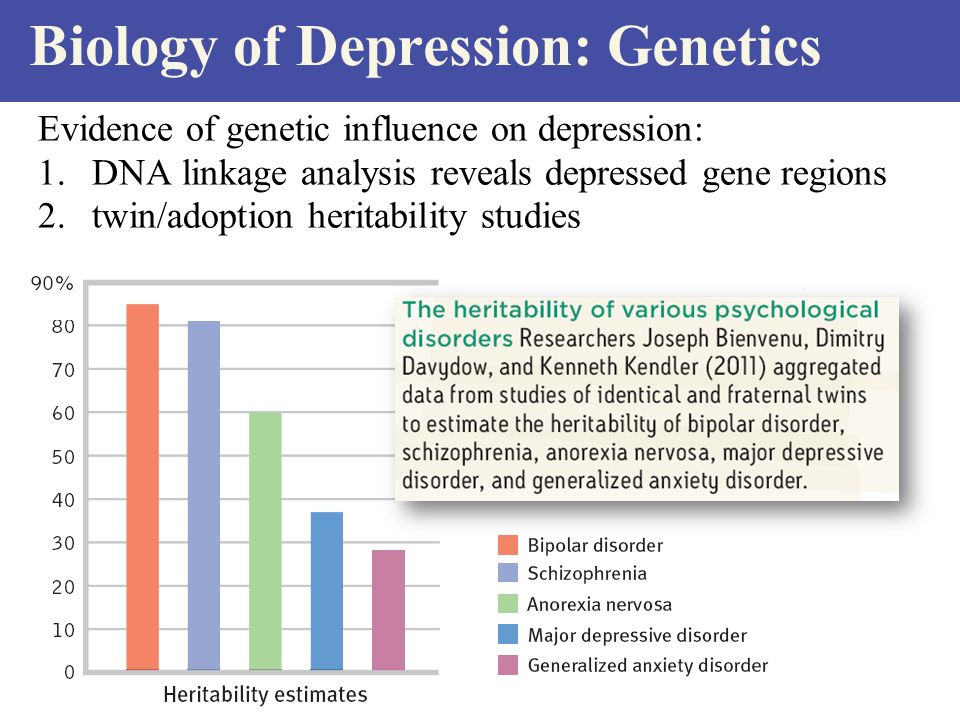
- Replace or replace missing or inactive enzyme to restore metabolism through diet and/or drugs.
There are more serious and common hereditary diseases that are not treated. For example, mecoviscidosis is an accumulation of mucus in the lungs and in the digestive system. There is no cure for cystic fibrosis, but various methods of controlling symptoms can help prevent or reduce complications and make life easier with the disease.
Cystic fibrosis progresses over time and can be fatal, especially if co-infections are present. Today, thanks to advances in medicine, about half of people with cystic fibrosis live to be 40 years old. Children born with this disease today will be able to live even longer.
One of the most severe inherited diseases, spinal muscular atrophy, has also recently been treated with gene therapy. But this method is not available to everyone. The drug for the treatment of SMA is the most expensive drug in the world.
Treatment or relief of genetic diseases became possible thanks to the international project "Human Genome" for the study and mapping of human genes, there was a breakthrough in the diagnosis and treatment of hereditary diseases.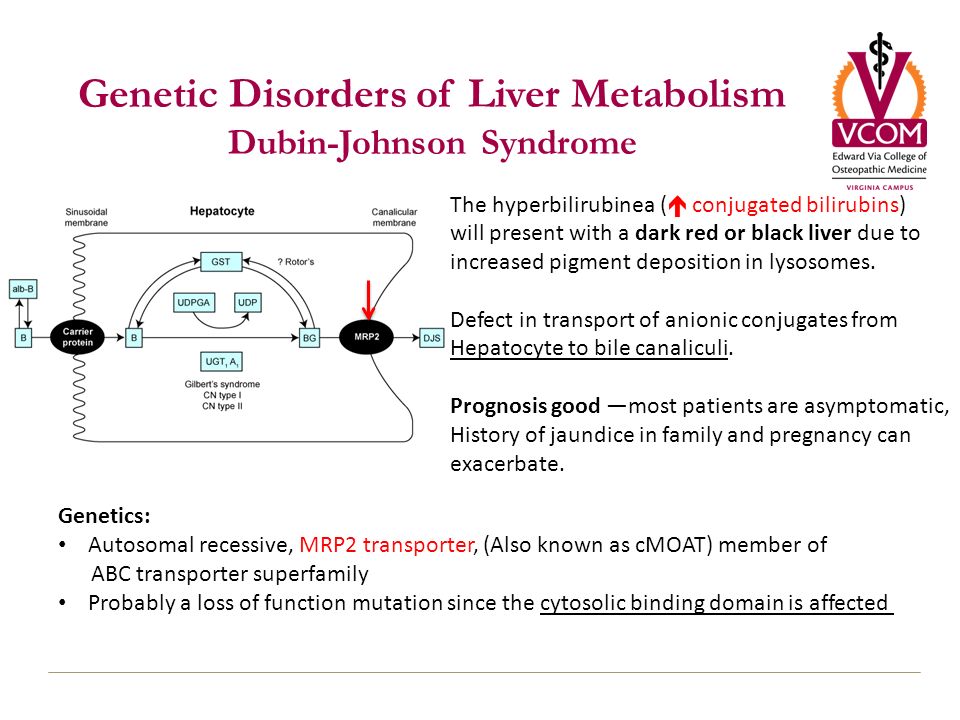 The results of the project help not only to find genes whose mutations lead to diseases, but also to diagnose them with maximum accuracy.
The results of the project help not only to find genes whose mutations lead to diseases, but also to diagnose them with maximum accuracy.
How can I find out if I am a carrier of a genetic disease?
Our genes contain instructions that tell the body how to function properly. When these instructions are changed, various diseases develop. In many cases, symptoms first appear in adulthood, so sometimes we don't know we're carriers. To prevent the risks of developing and transmitting a hereditary disease, you can use the Atlas Genetic Test.
Note:
- Hereditary diseases are diseases caused by gene or chromosome mutations.
- If partners have the same carrier status for certain diseases, there is a high risk of having a child with a hereditary disease. Therefore, when planning a pregnancy, it is important to undergo genetic testing.
- Mutations that cause hereditary diseases can be dominant or recessive. In dominant inheritance, only one copy of a gene—from the mother or father—must have the mutation to display the trait or disease.
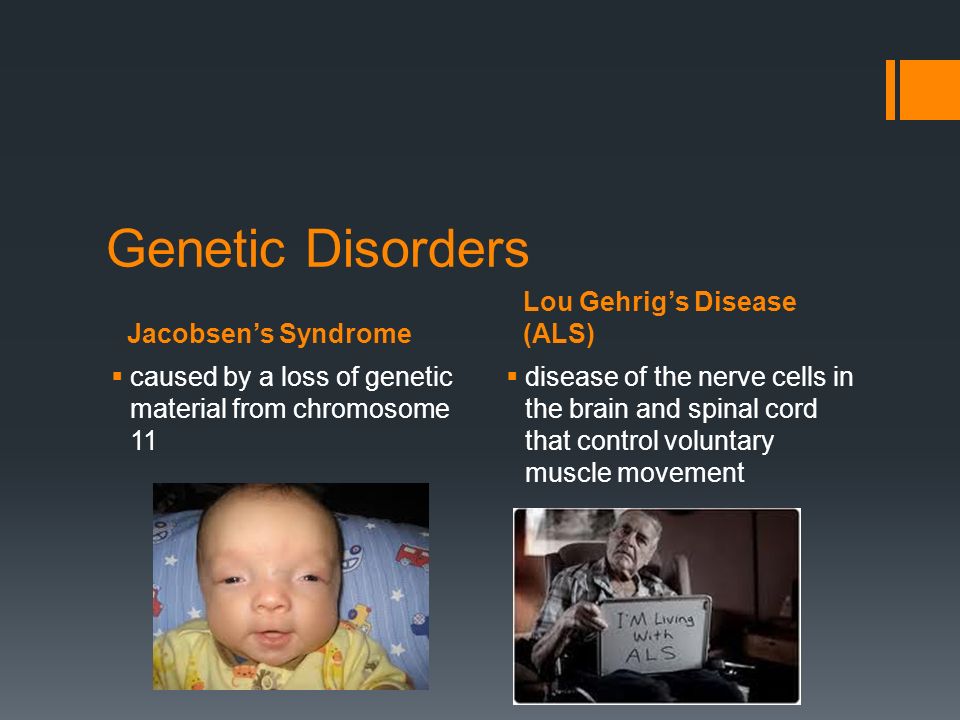 And with the recessive type, a person inherits two altered copies of the same gene.
And with the recessive type, a person inherits two altered copies of the same gene. - Most hereditary diseases are incurable. Some of them can be controlled with medication and diet.
- To determine the presence and risk of developing a hereditary disease, use the Atlas Genetic Test.
-
Grainne SG. et al., Mitochondrial diseases
-
Khera AV. et al., Genome-wide polygenic scores for common diseases identify individuals with risk equivalent to monogenic mutations
-
Piguet B. et al., Dominantly inherited drusen represent more than one disorder: A historical review
-
Schon EA. et al., Human mitochondrial DNA: roles of inherited and somatic mutations
-
Wilfert AB. et al., Recent ultra-rare inherited variants implicate new autism candidate risk genes
-
X-linked Recessive: Red-Green Color Blindness, Hemophilia A
-
Cystic fibrosis: overview and treatment
-
Spinal muscular atrophy: overview and treatment
Diagnosis of hereditary genetic diseases at Emmaclinic Moscow
Babies are often referred to with phrases like "He's got a nose like daddy's!" or "How she looks like a mommy.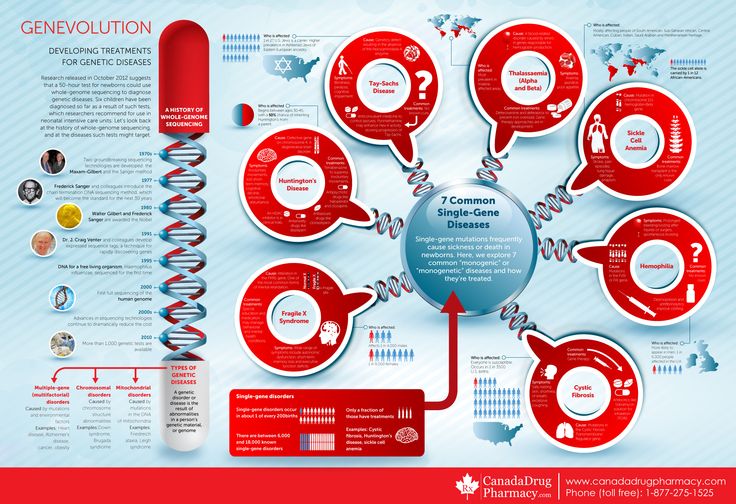 " This is pleasant and quite natural: parents pass on to the child genetic material - a set of unique molecules that, while developing, form a set of certain qualities and characteristics. Hence - external similarity, character traits, habits.
" This is pleasant and quite natural: parents pass on to the child genetic material - a set of unique molecules that, while developing, form a set of certain qualities and characteristics. Hence - external similarity, character traits, habits.
In addition to a harmless inheritance like a thin nose and full lips, the baby is at risk of getting pathological genes that can lead to serious diseases.
Causes of genetic diseases
From your school biology course, you probably remember that human genes contain a unique DNA - a molecule of deoxyribonucleic acid. Each gene is a kind of code that carries information about one trait. Therefore, if you had hereditary diseases in your family, there is a risk that the child will receive a mutated gene; the risk increases if both parents carry the gene.
Genes can be dominant (suppressive) or recessive (suppressed). In cases where the mutated gene dominates, the hereditary disease manifests itself in full. If the gene is recessive, the baby becomes a carrier of the disease and can pass it on to their children.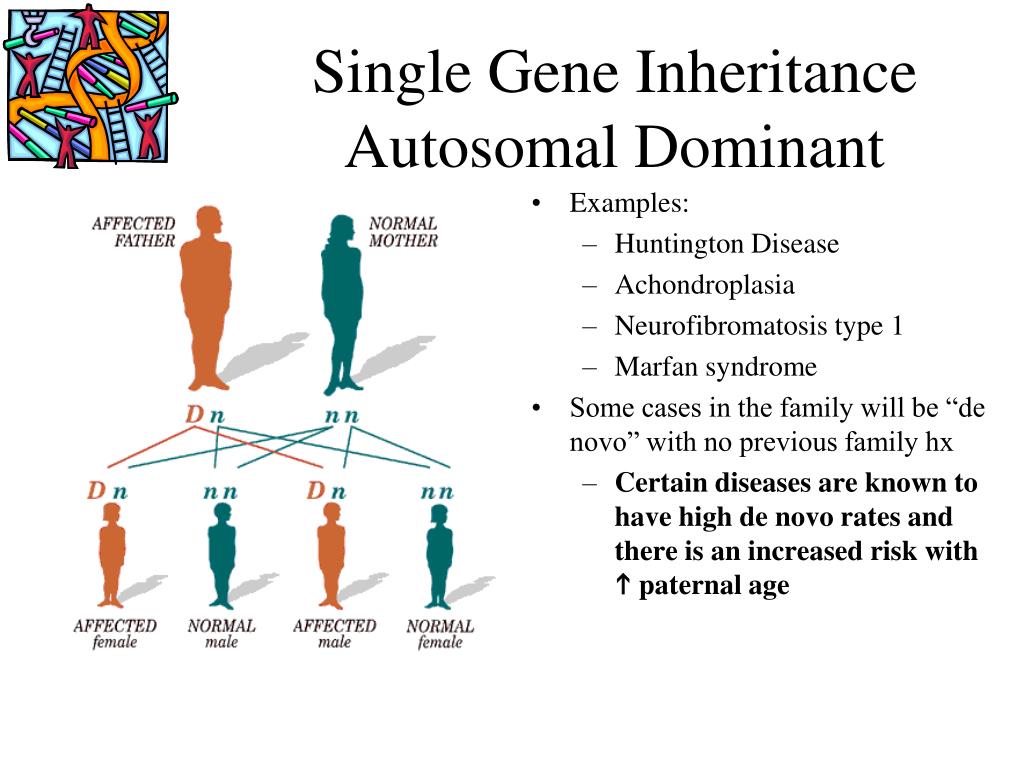
In the diagrams below, D or d represents the defective gene and N or n represents the normal gene. Mutations do not always lead to disease.
Dominant diseases
One of the parents has one defective gene that dominates its normal pair. Since offspring inherit half of their genetic material from each parent, there is a 50% risk of inheriting the defective gene, and therefore disease.
Recessive diseases
Both parents carry the same defective gene but have a normal gene pair. Two defective copies of the gene are required to inherit the disease. Each offspring has a 50% chance of being a carrier, and a 25% chance of inheriting the disease.
X-linked diseases
Normal women have XX chromosomes and normal men XY. Women who have the normal gene on one of their X chromosomes are protected from the defective gene on their other X chromosome. However, the male lacks such protection due to the presence of only one X chromosome.